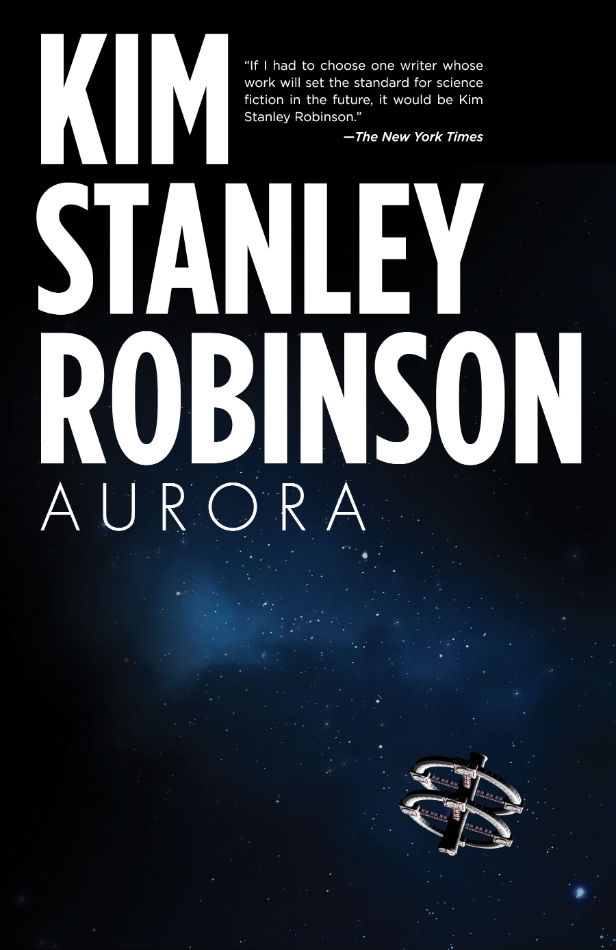In the year 2545, a spaceship left Earth for the Tau Ceti system 12 light-years away to search for a new home. Aurora takes place 160 years in to this journey as the ship nears its destination, the titular Earth-analogue exomoon.
Robinson’s latest novel is characteristically ‘hard’ science fiction. The mechanics of the mission and the ship are explained in great detail – although this may alienate readers that are new to the genre – and those with an existing grasp of the science will appreciate the meticulous research that Robinson injects throughout the story.
Aurora’s protagonist is Freya, daughter of the ship’s chief engineer, Devi. The novel is partly a coming-of-age tale as Freya tries to find her place in ship society.
Embarking on a ‘wanderjahr’, a rite of passage to explore the ship, she learns more about the lives of its 2,000-odd inhabitants and the social problems that their microcosmic environment has created.
The narrative itself is provided by Ship – the on-board artificially intelligent computer system – at Devi’s request. She asks Ship to tell the story of their mission, using Freya as a focal point.
This inventive plot device creates an interesting interpretation of events,
with occasional humour as Ship is baffled by humanity’s constant use of figurative language.
As the story unfolds, it is revealed that the mission is not as straightforward as initially anticipated. The problems faced by the colonists and the questions raised by Ship provide plenty of food for thought, particularly regarding the feasibility of interstellar travel, which Robinson addresses poignantly: “Maybe… by the time life gets smart enough to leave its planet, it’s too smart to want to go.”
